Mirabell Palace, Mozart Residence, Untersbergbahn Mountain, and Schloss Hellbrunn in Salzburg, Austria
Other popular tourist places in Salzburg. 915
Fairchild Tropical Botanic Garden: 10901 Old Cutler Rd, Coral Gables, Florida, USA
Date Picture Taken: May, 2024
I spent a day in Salzburg going to popular tourist places I have not yet visited.
The first place was Mirabell Palace. The palace was closed to visitors, but the gardens were open.
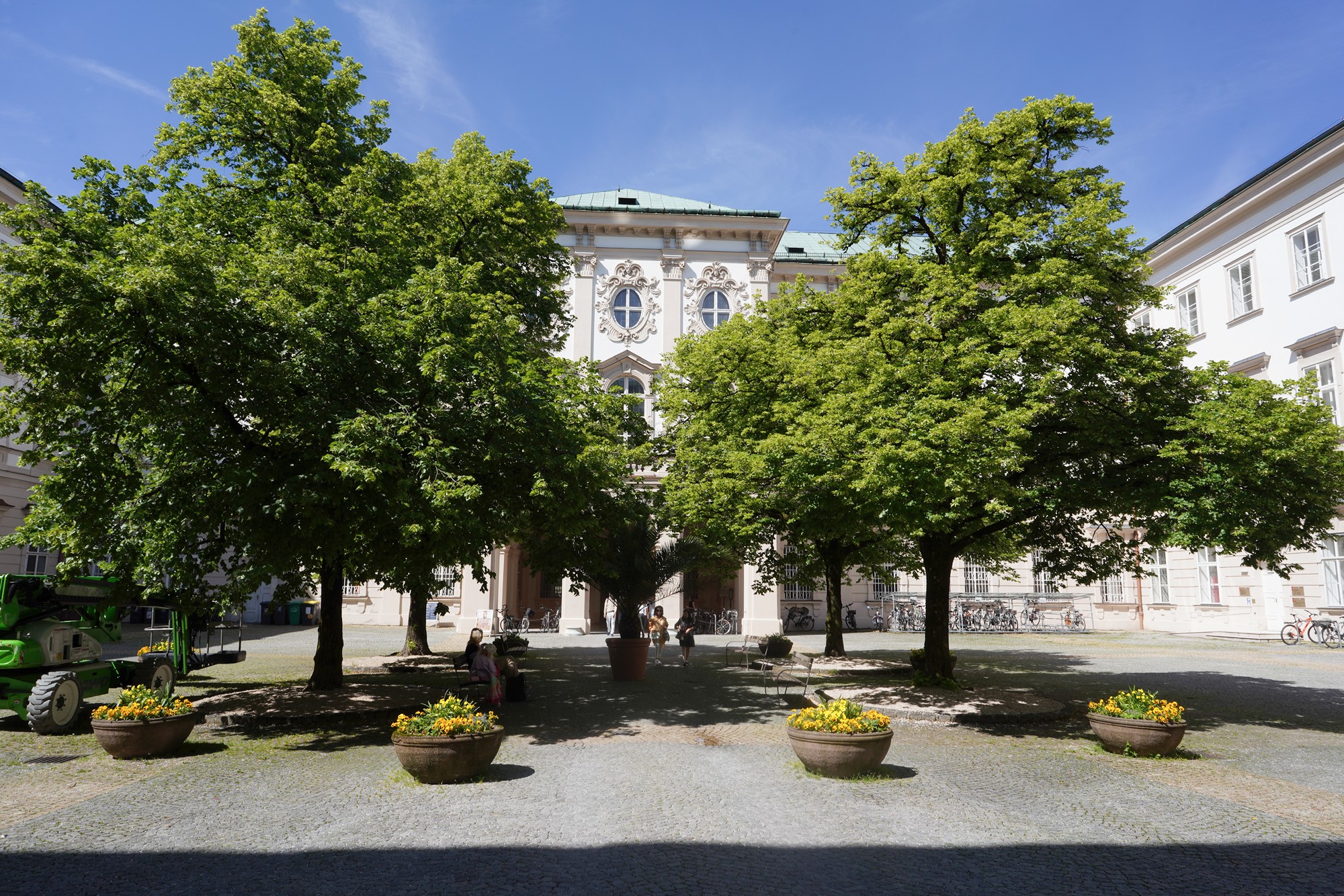
I went through the building’s hall to the backyard.

The Mirabell Palace, known as Schloss Mirabell in German, is a historical building in Salzburg, Austria. Built in 1606 by Prince-Archbishop Wolf Dietrich Raitenau as a token of his love for Salome Alt, the palace is renowned for its beautiful Baroque architecture and gardens.

Mirabell Gardens is one of the iconic filming locations from the 1965 movie The Sound of Music. In the movie, the gardens are featured during the famous “Do-Re-Mi” musical number, where Maria (played by Julie Andrews) and the von Trapp children sing and dance around various parts of the garden.
The kids in the movie were dancing around this famous fountain, which features a bronze statue of Pegasus, the winged horse from Greek mythology.

The left side


The left side has a large garden


Rose Garden: The beautifully manicured Rose Garden, with its symmetrical flower beds and pathways, is another location where the characters dance and sing in the Sound of Music.

Looked back at the palace building

I walked toward the water fountain in the picture
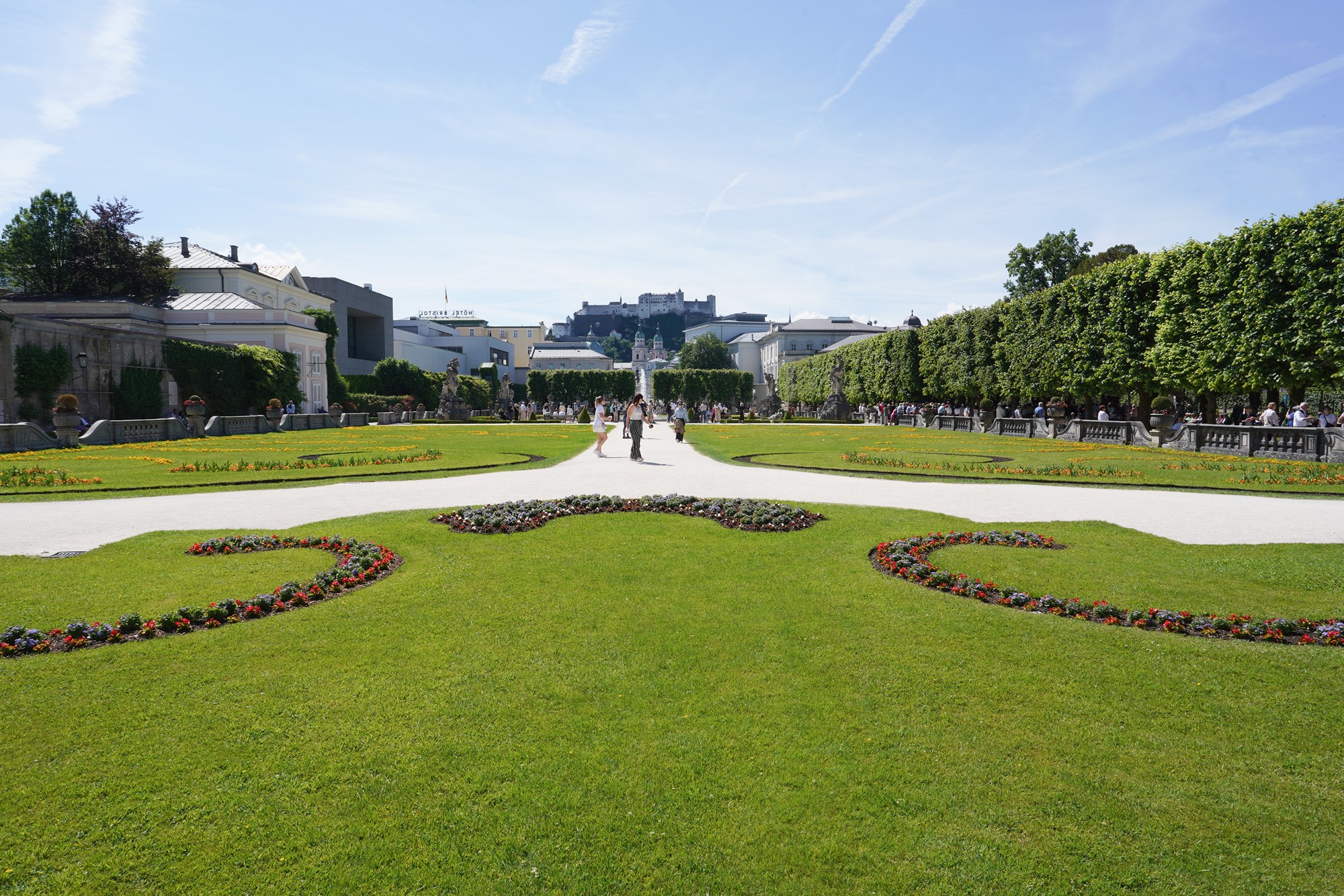



The back side

On my left side was a crowd listening to a band playing music.



I came back to the fountain and looked back.

In front is an exit passage to get out of the garden


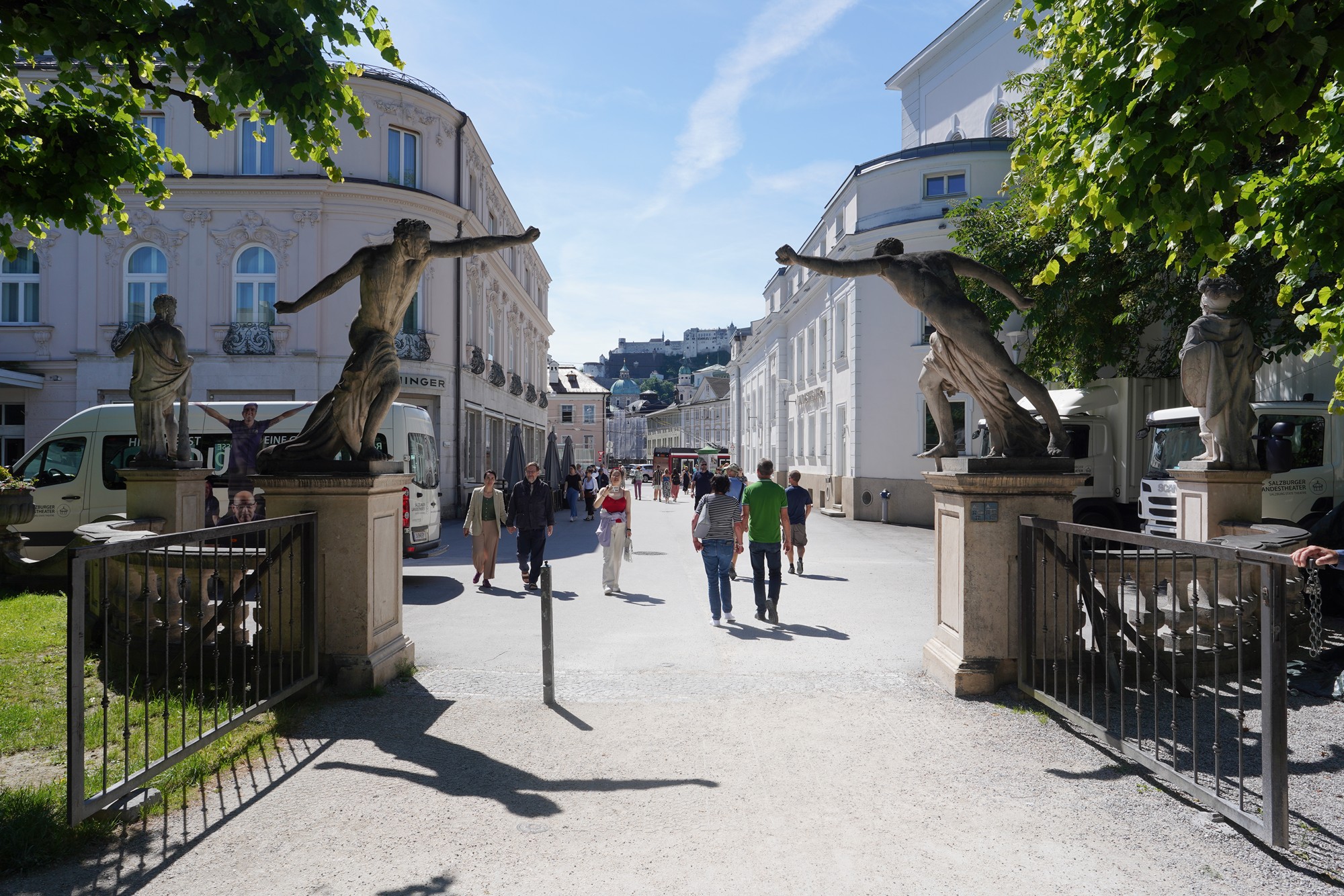
I looked back at the garden after I got out of it. This location is also in the Sound of Music.
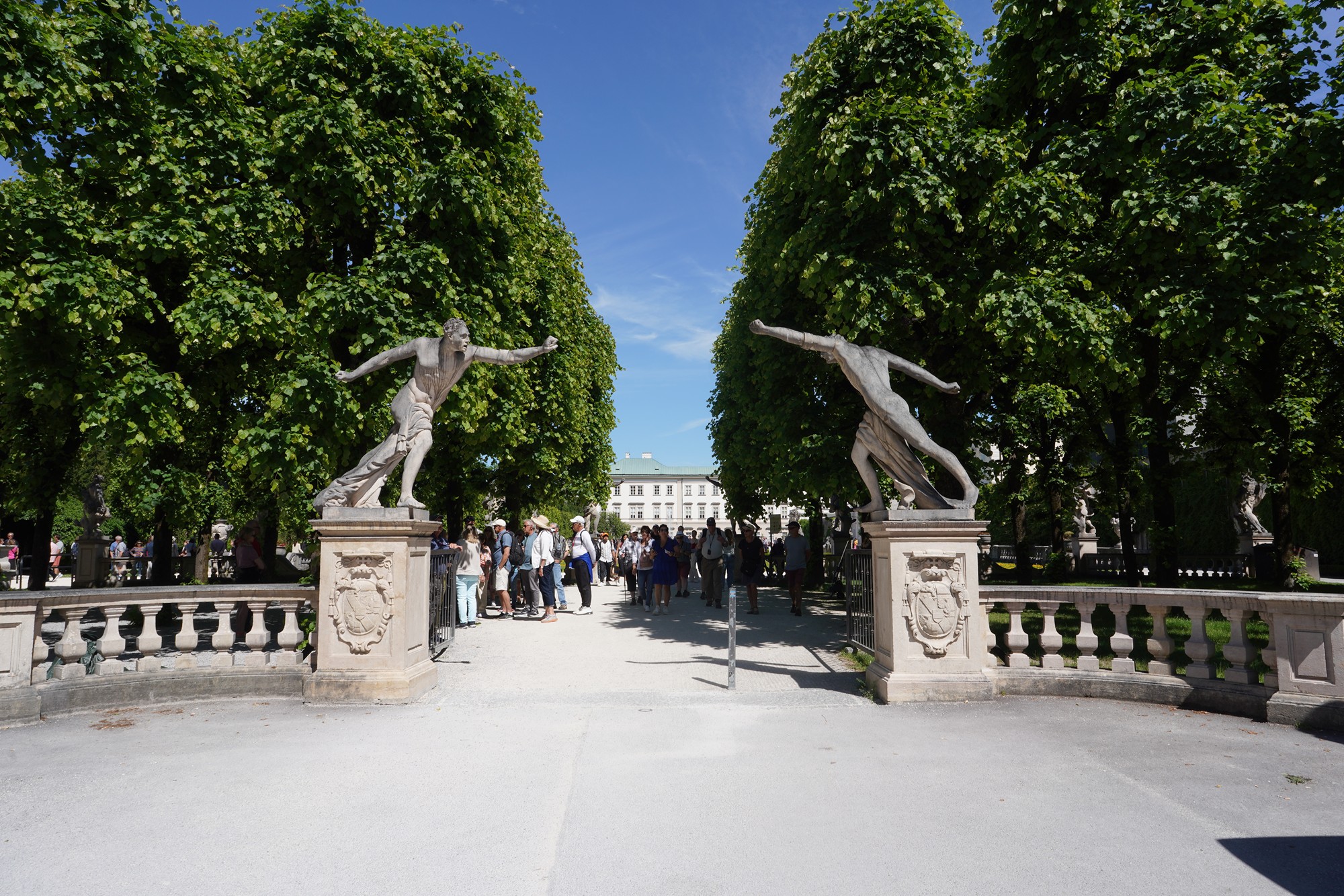
The pink house in front is the Mozart’s Residence. He grew up in this house.

Here, I turned back toward the park and walked back to the Pegasus Fountain.



Came back to the fountain and kept walking to the other side.



Here is the other end of the garden, the another exit.

Looked back side


Out of the garden and walked toward Mozart’s Residence.


Mozart’s Residence.


The Mozart family moved to this house in 1773, when Wolfgang was 17 years old, after outgrowing their previous residence in the Getreidegasse. They lived here until 1787.
The house, also known as the “Tanzmeisterhaus” (Dance Master’s House), was larger and more comfortable, providing more space for the family, guests, and for Wolfgang’s composing.


Today, the Mozart Residence has been transformed into a museum dedicated to the life and work of Mozart. The museum features exhibits on Mozart’s life, including original documents, portraits, and musical instruments.




Visitors can see the rooms where Mozart and his family lived, including the room where he composed many of his early works.


The museum showcases a collection of Mozart’s personal items, letters, and memorabilia, providing insights into his family life, his relationships, and his creative process.


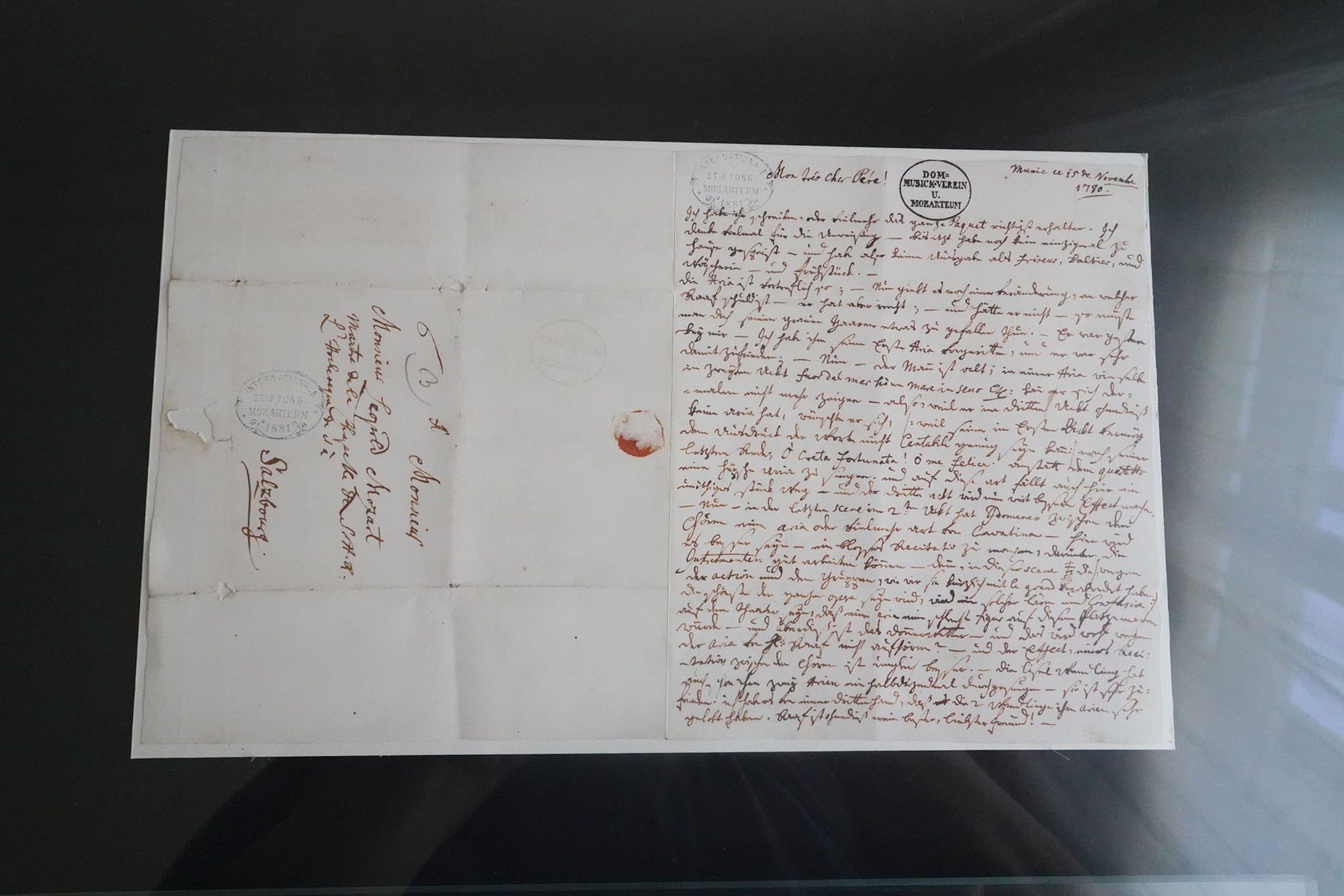







The view from the house




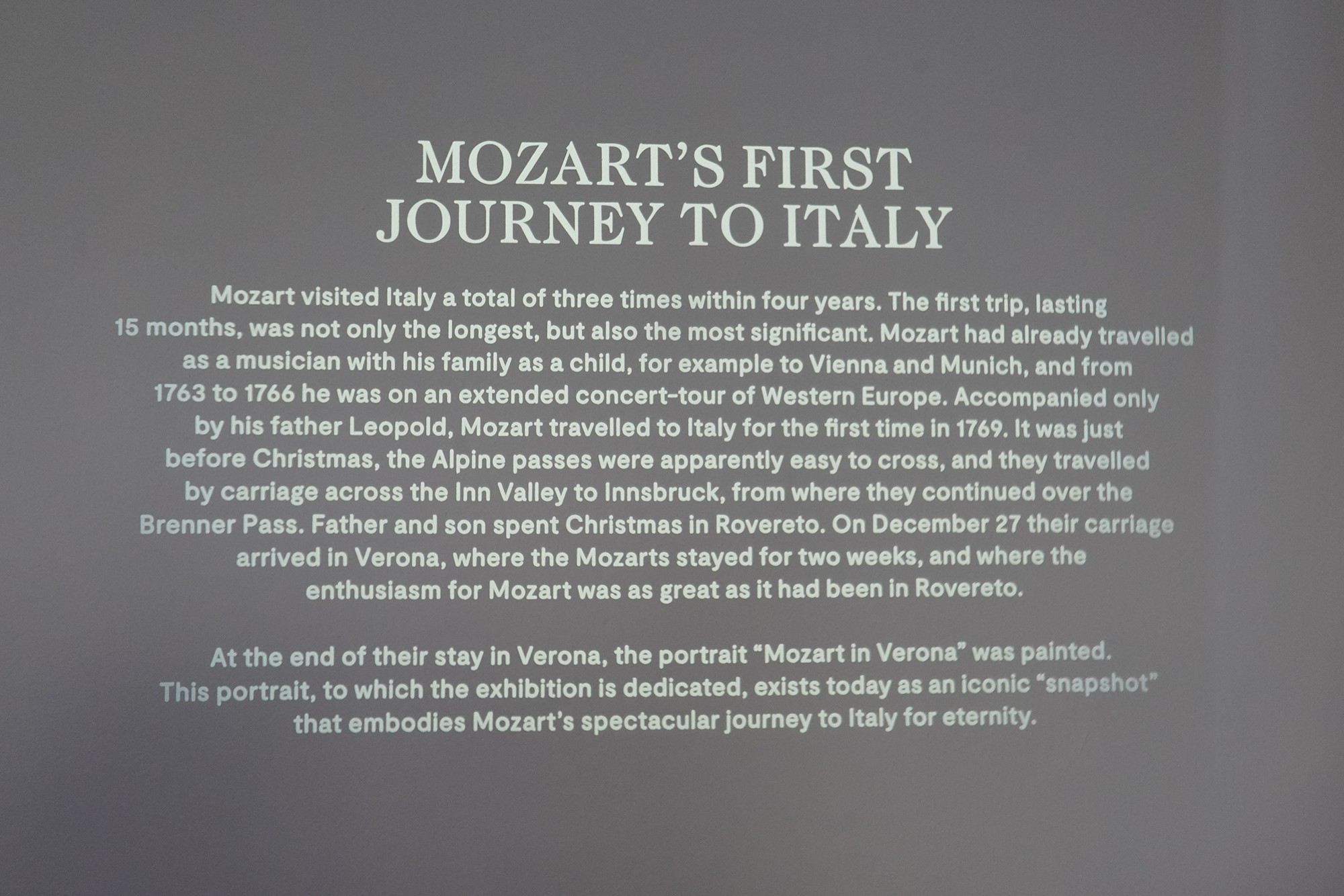














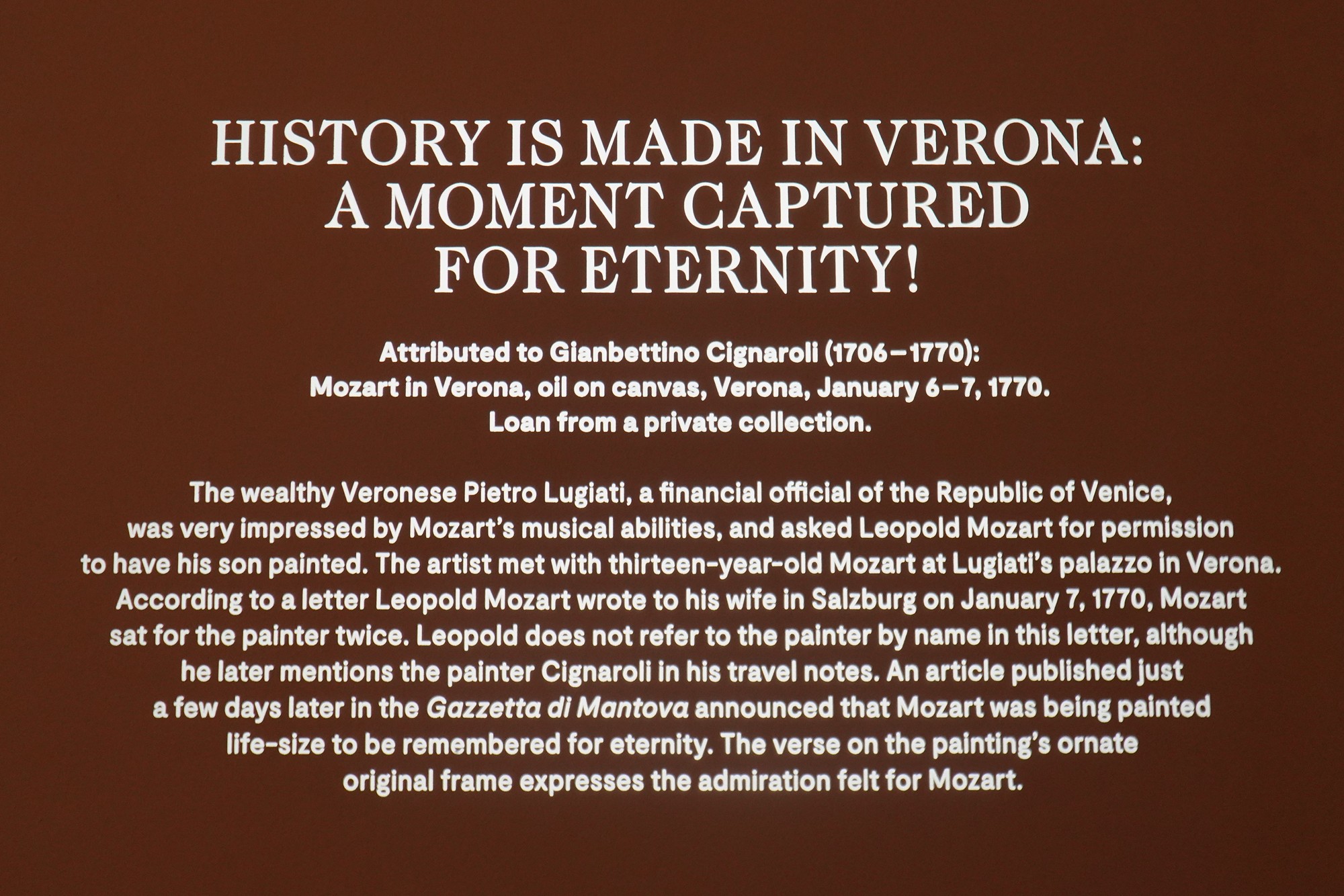


One of the highlights is the fortepiano that Mozart used to compose some of his most famous works.


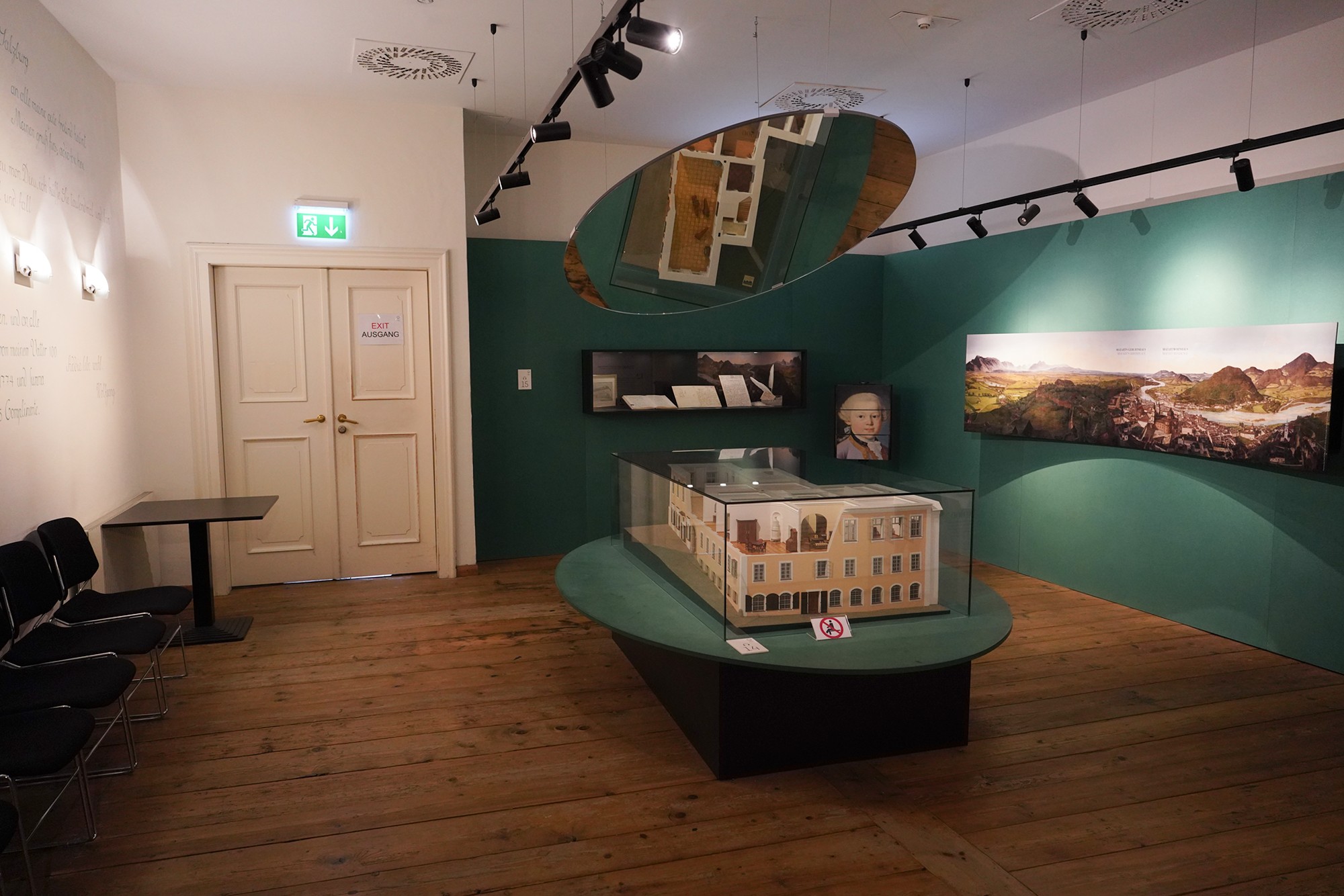
The original house was partly destroyed during World War II but was reconstructed and restored to its former glory. The restoration efforts aimed to preserve the historical integrity of the building while allowing visitors to experience it as it was during Mozart’s time.


The map shows Mozart’s Birthplace and his Residence.
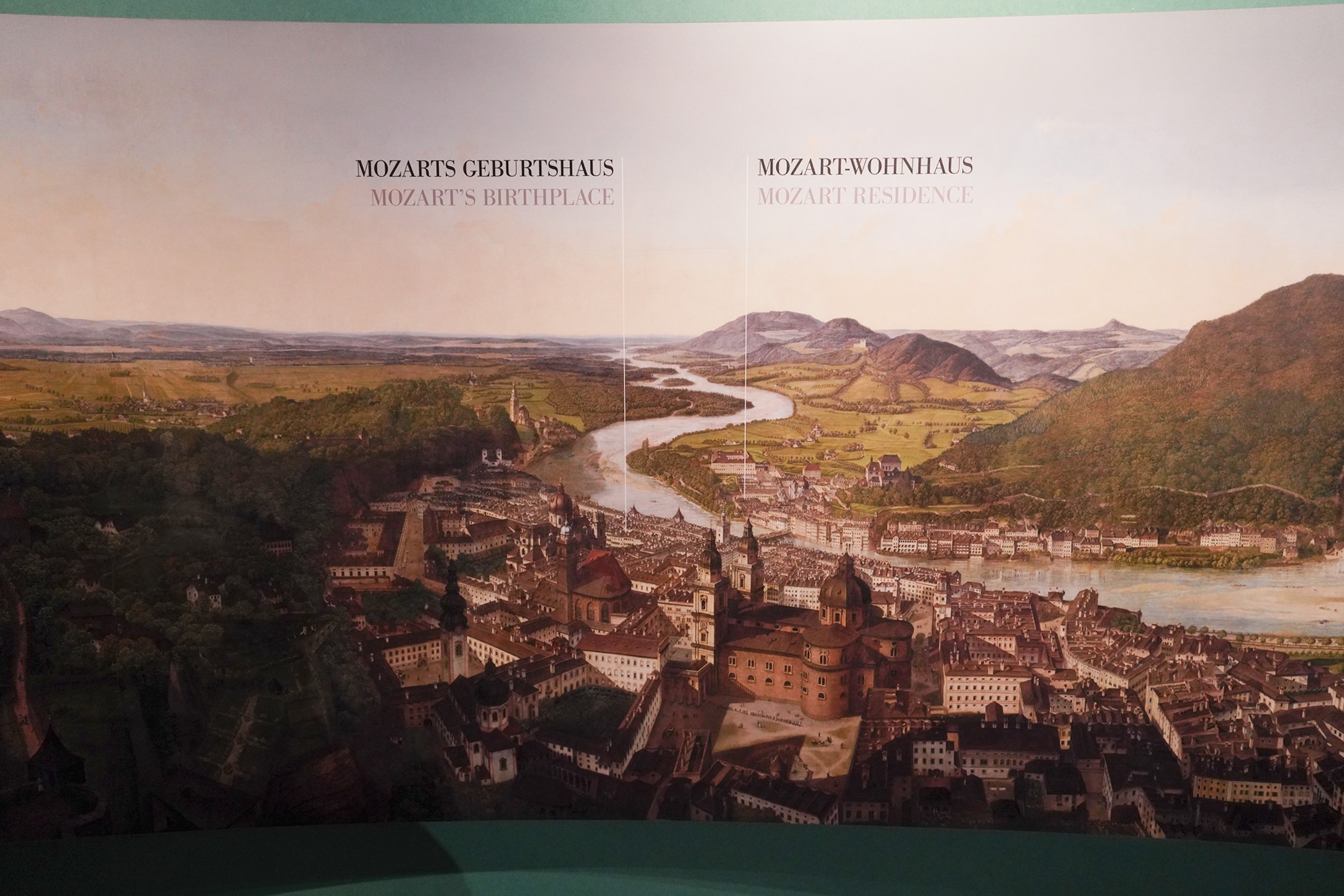


I took a bus from the town to the Untersbergbahn cable car station, where I took the cable car to the top of Untersberg mountain.





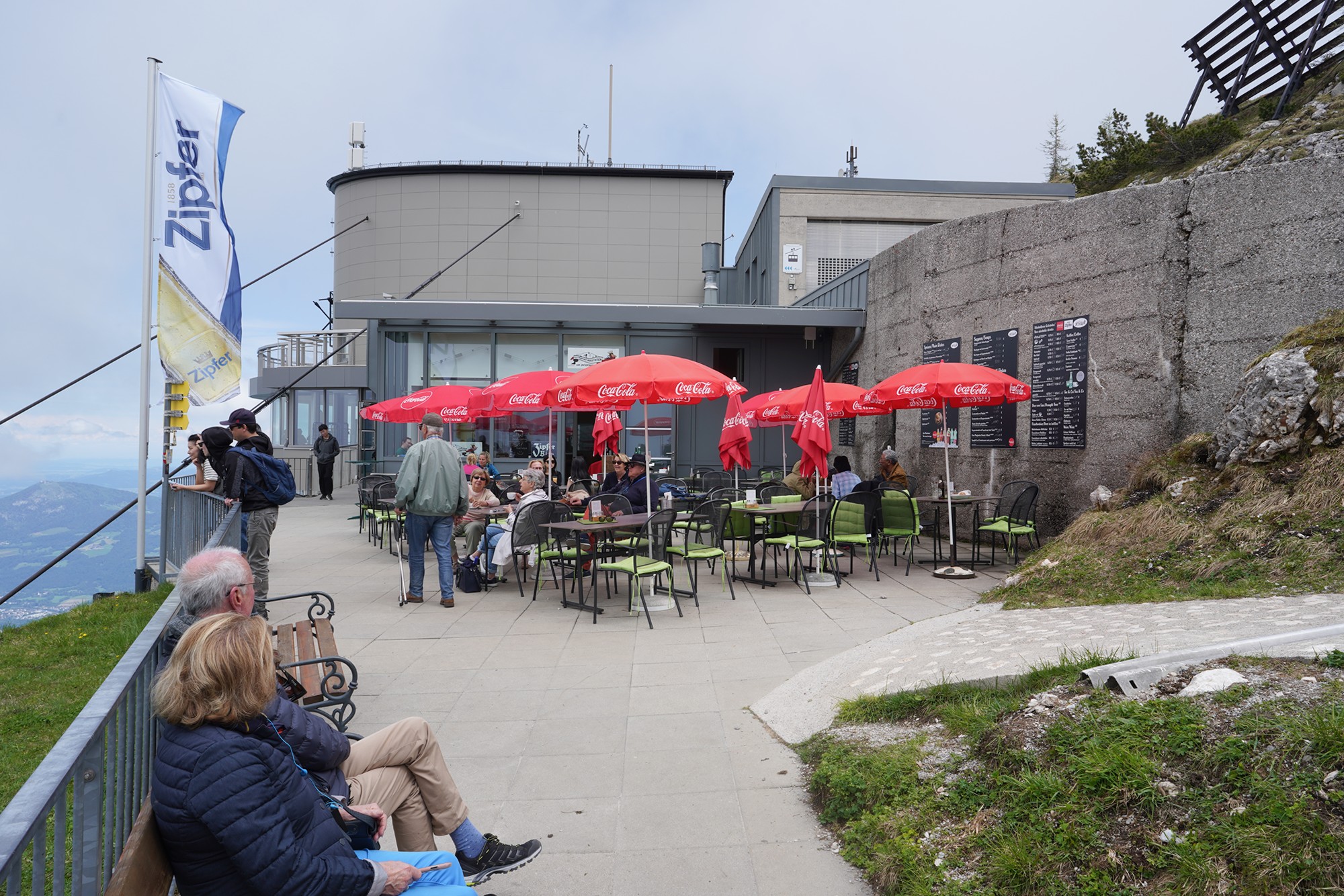
The Untersberg is a prominent mountain in the Berchtesgaden Alps, located on the border between Austria and Germany. Rising to a height of 1,973 meters (6,473 feet) at its highest peak, the Berchtesgaden Hochthron, the Untersberg is known for its stunning natural beauty, rich folklore, and cultural significance.

Back side


Back side




Panoramic view of my front side


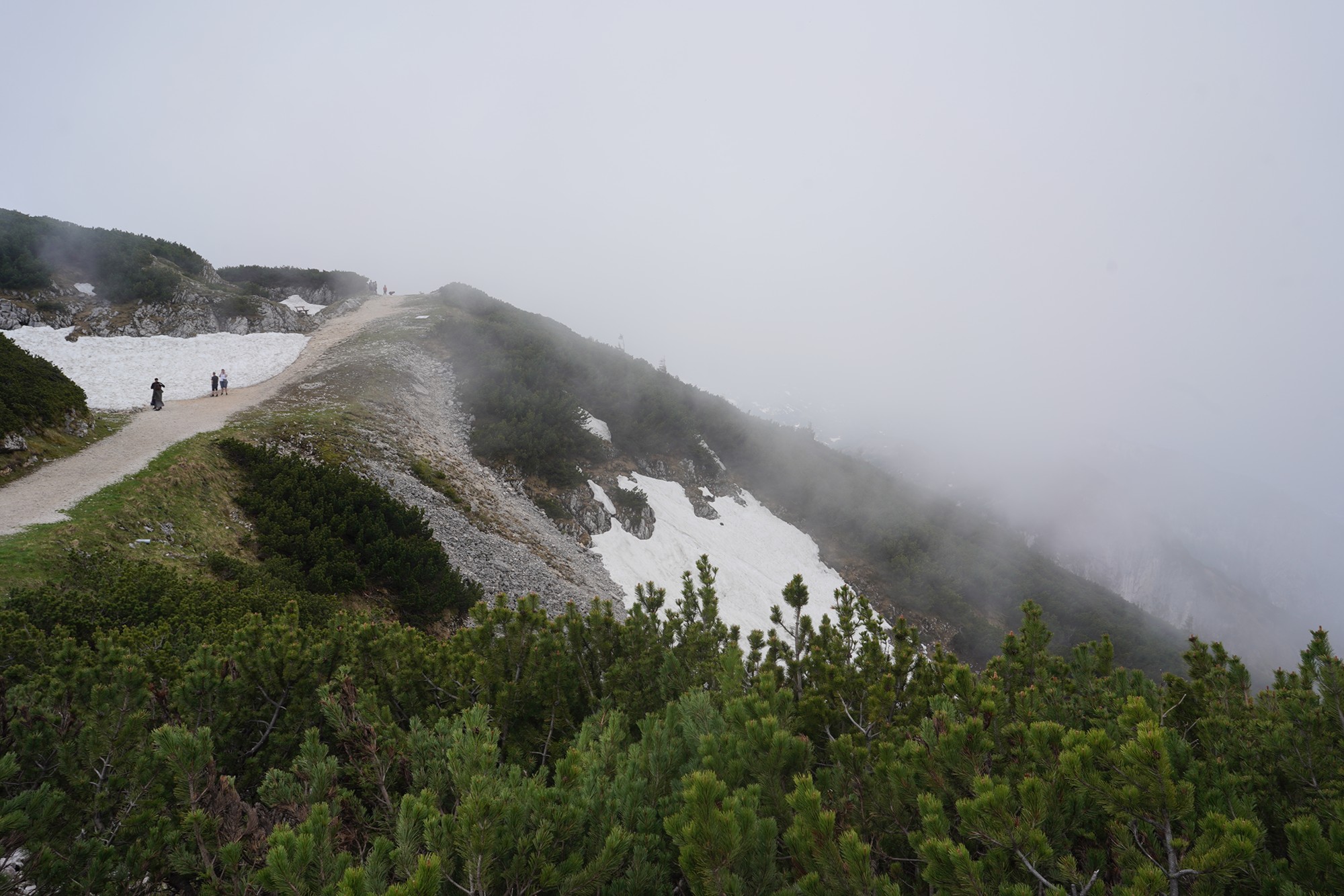
I turned around and started on a short hike trail on my left side.


This hike go toward the cross in front


Panoramic view





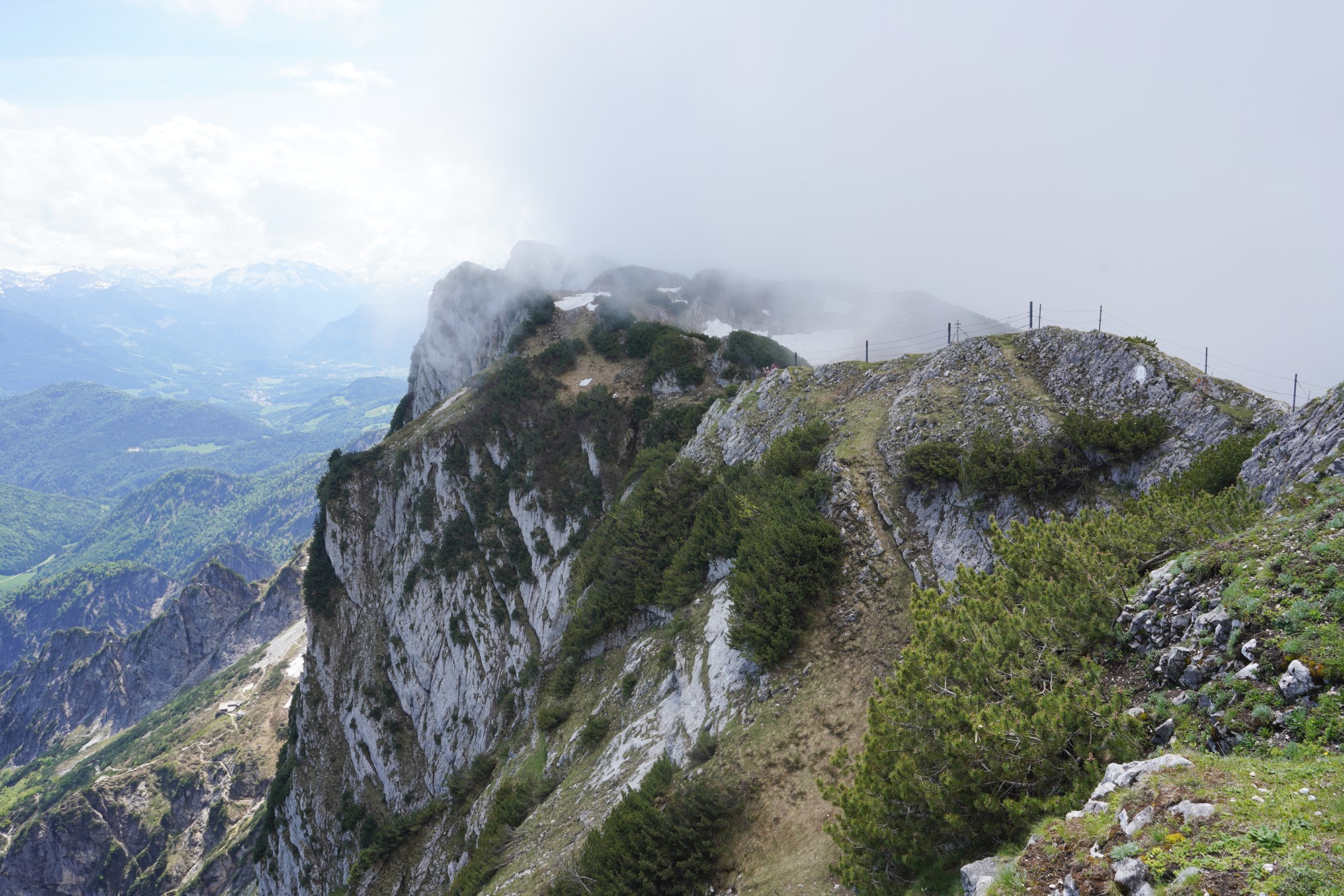




The hike in other direction looked long but I wanted to hike a little bit on it.


Back side

Front side – it seems like a long hike into the mist, so I gave up and came down from the mountain.
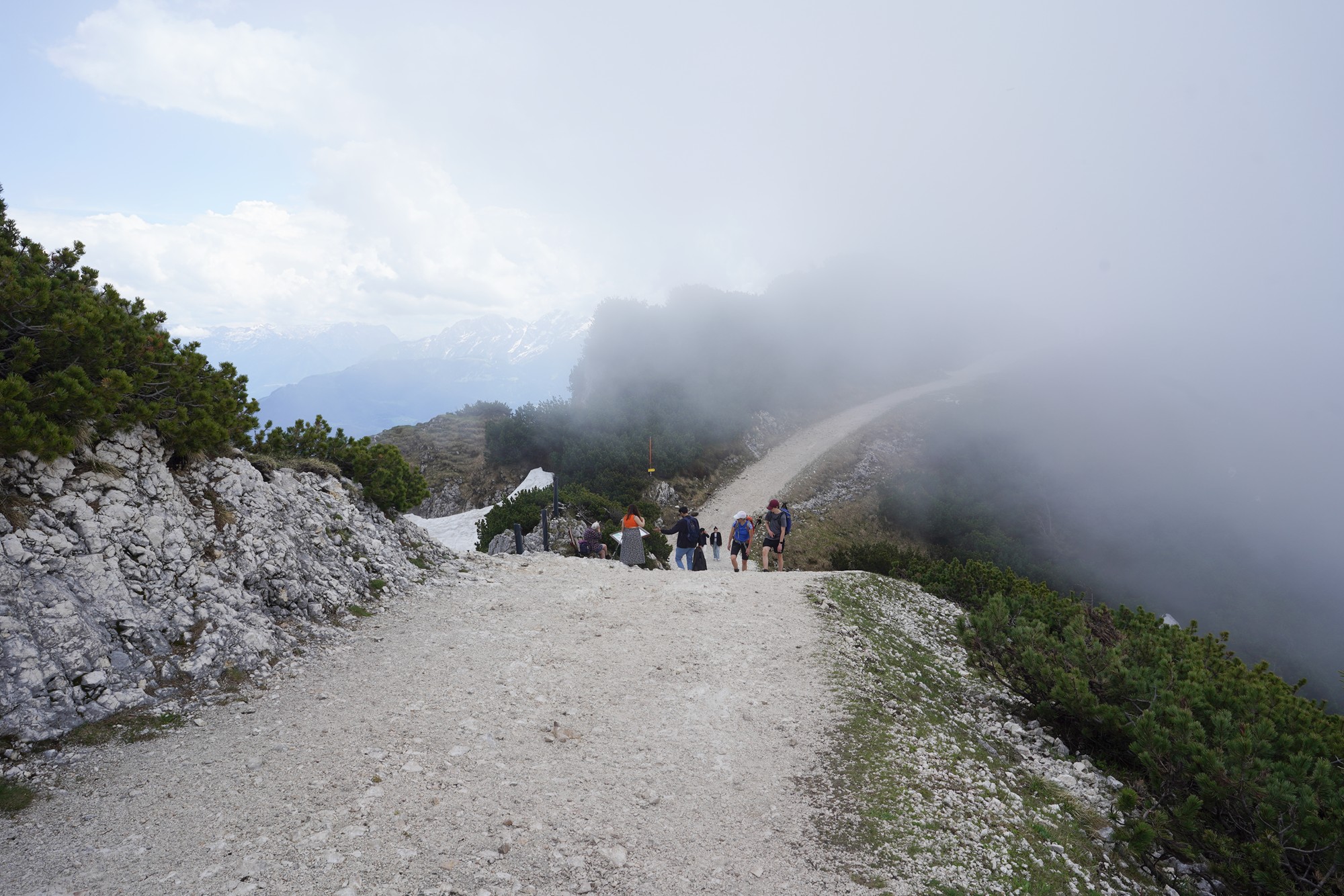
On returning to the town by public bus, I stopped at the Schloss Hellbrunn.


Schloss Hellbrunn is a beautiful early Baroque palace located in Salzburg. Built between 1613 and 1619 by Prince-Archbishop Markus Sittikus von Hohenems, the palace is famous for its elaborate gardens, water features, and unique trick fountains (Wasserspiele).

Archbishop Markus Sittikus von Hohenems (1574–1619) was an influential figure in the history of the Catholic Church in the Holy Roman Empire, particularly in the region that is now Austria. He served as the Prince-Archbishop of Salzburg from 1612 until his death in 1619. His tenure was marked by significant contributions to the cultural and architectural landscape of Salzburg, as well as his involvement in the Counter-Reformation.


I went into the palace, but the guide inside told me to see the water garden first.
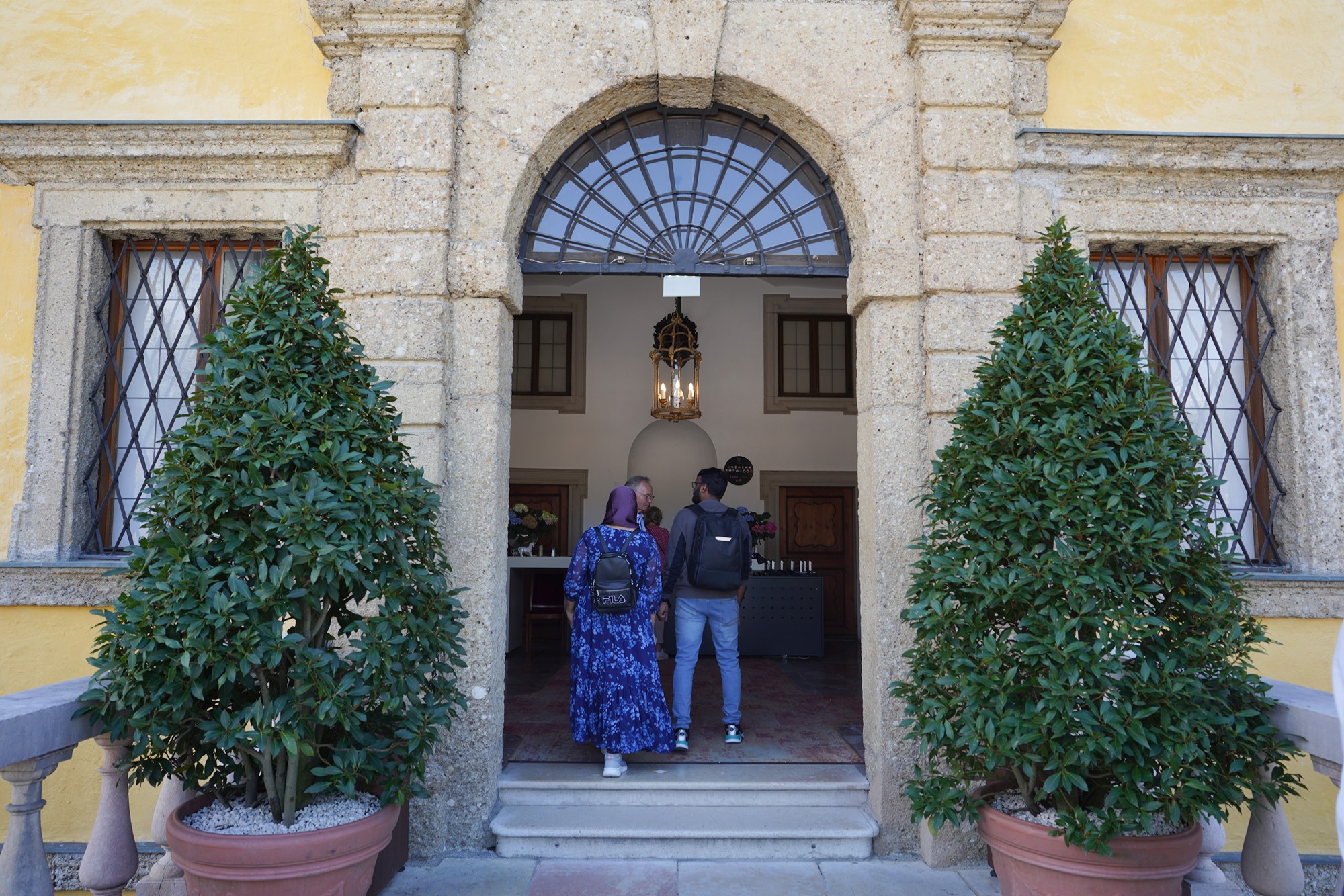



The water garden
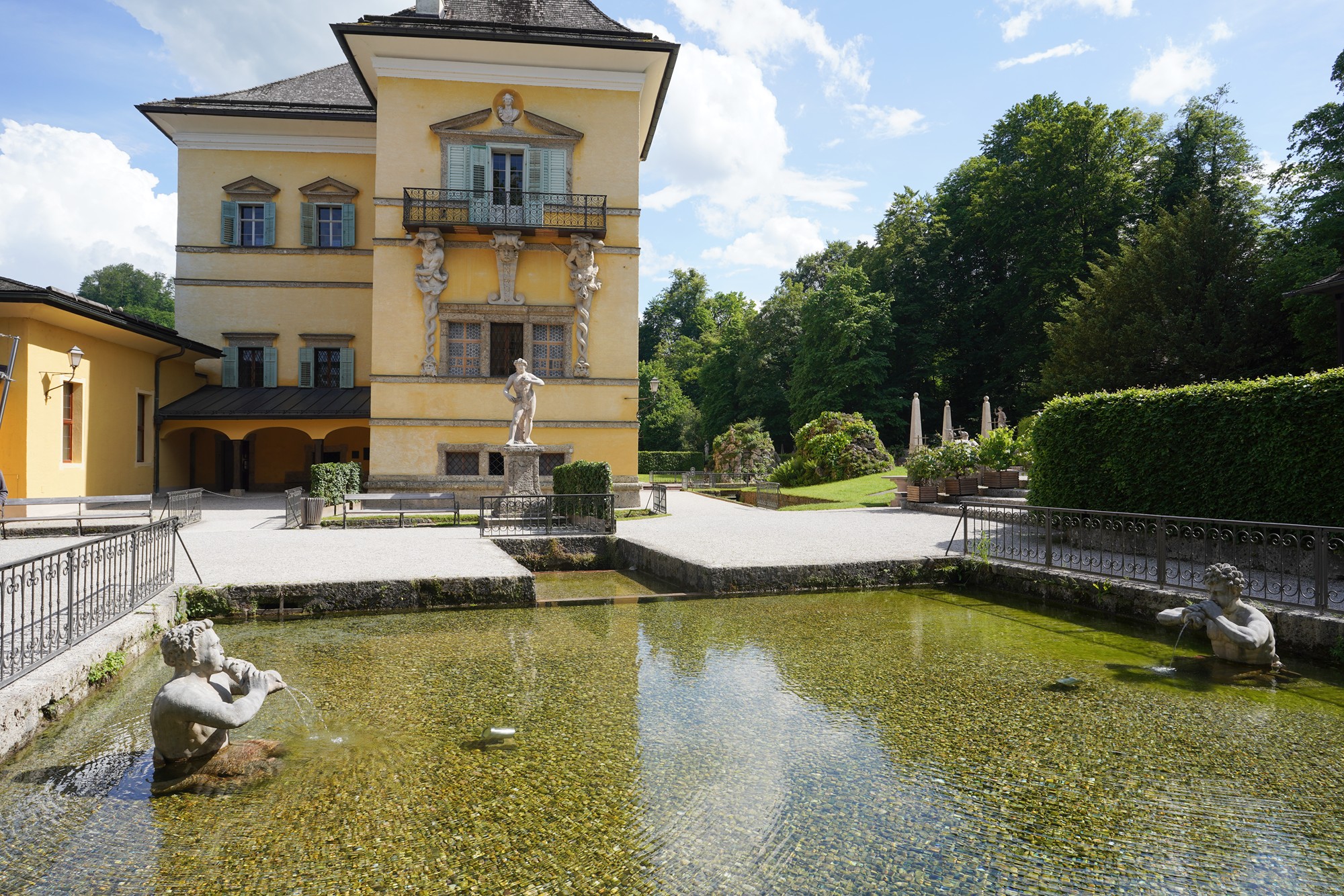

The palace is renowned for its trick fountains, which are a unique feature and a major attraction for visitors. These fountains, cleverly hidden in the gardens, are designed to surprise and entertain guests with sudden jets of water.

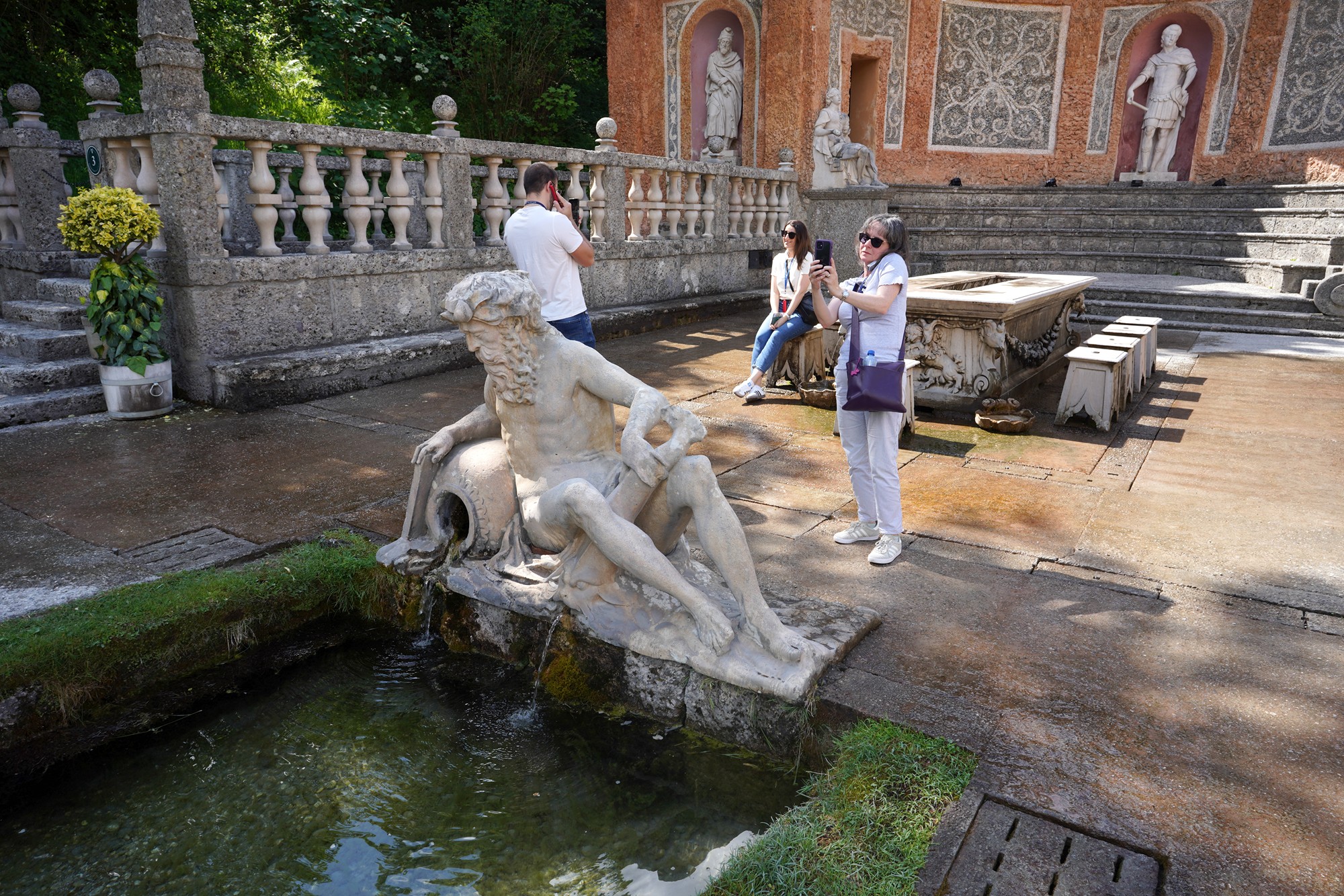










Back side



The mechanical theater, featuring water-powered moving figures that depict daily life, is another highlight of the Wasserspiele.


A water show was performed inside this house.

The trick fountains include hidden water jets in seats, paths, and statues, ensuring that visitors never quite know when they might get splashed. The most famous is the stone table with seats that are rigged to spray water at guests while they dine.





The end of the water garden and back to the palace

The palace also played a role in the 1965 movie The Sound of Music. The gardens and the famous gazebo, known as the “Sound of Music Pavilion,” where the “Sixteen Going on Seventeen” scene was filmed, are located here.
But I for got about the gazebo, so I missed it.


Inside the palace

The water garden from the palace


A model of the palace
Schloss Hellbrunn was designed by the Italian architect Santino Solari, who also contributed to the design of Salzburg Cathedral. The palace is a fine example of early Baroque architecture, with its elegant façades and symmetrical design.



Unlike many other palaces, Hellbrunn was not intended as a residence but as a pleasure palace where the archbishop could relax and entertain guests.






While the palace is best known for its gardens and fountains, the interiors also hold historical and artistic value. The rooms are adorned with frescoes, ornate ceilings, and period furnishings, reflecting the luxury and taste of the Baroque period.









It was time for a little musical concert at the Mirabell Palace when I returned to town.

Inside the Mirabell Palace
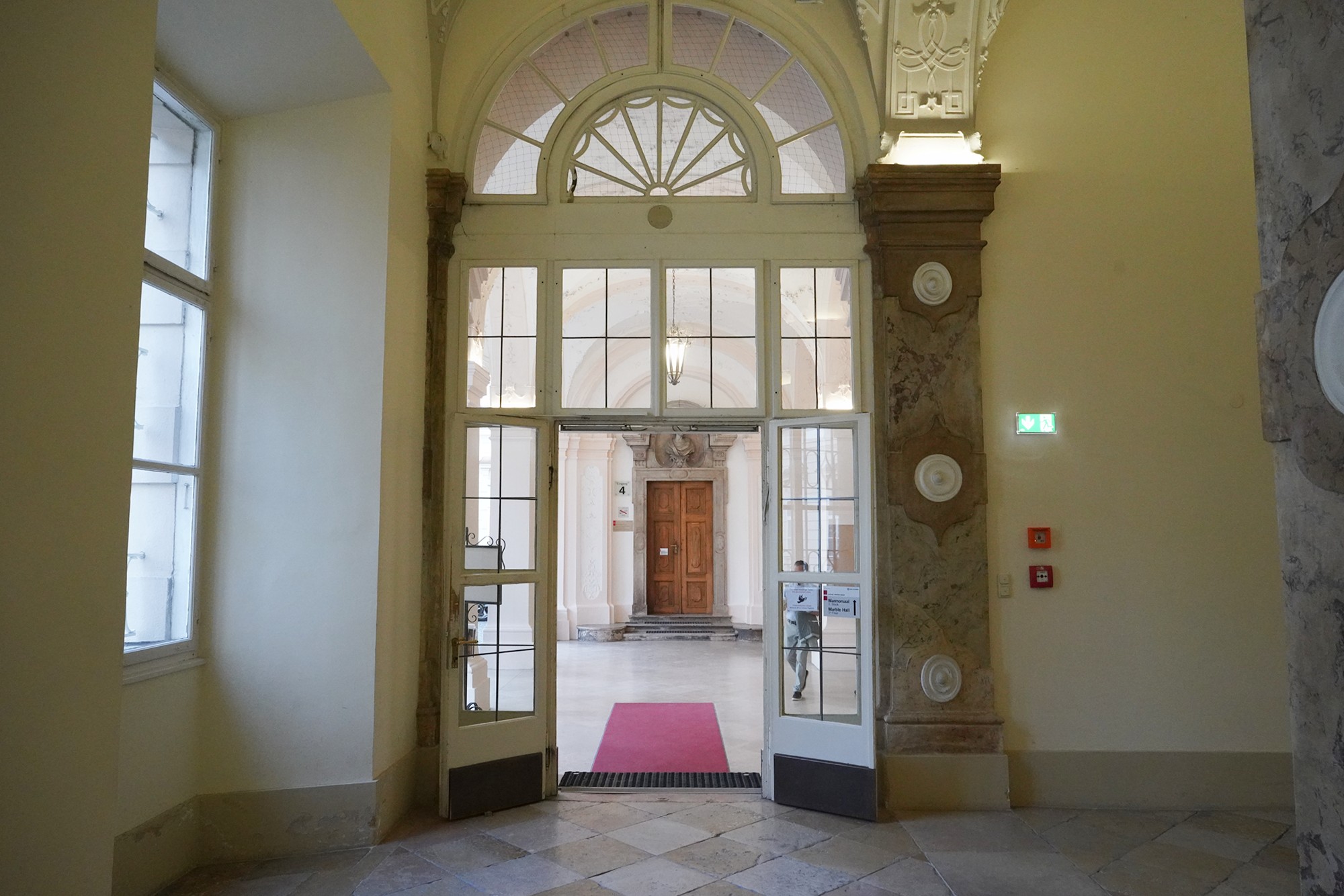




It was an informal musical concert for about an hour.



